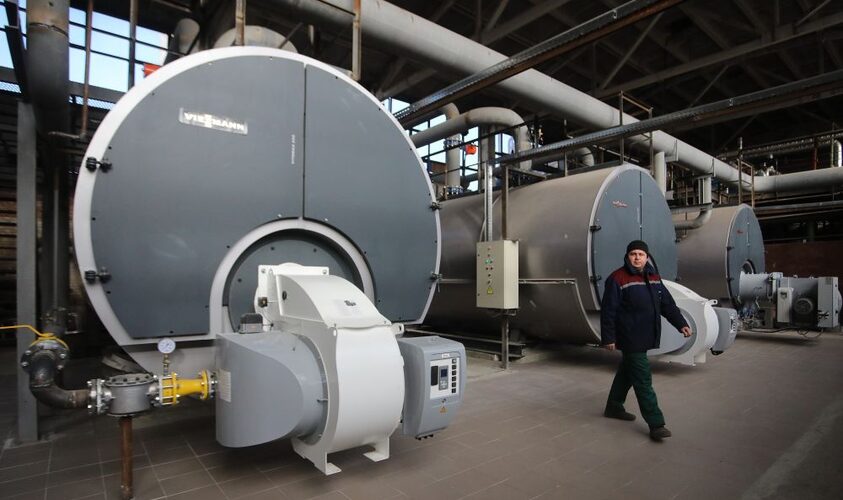According to Lvivteploenergo, due to the weather conditions, heat supply facilities are operating in an economical mode and the heat carrier is supplied to the buildings at a lower temperature than when it is frosty outside. However, according to the heating company, residents can regulate the heat supply directly in their homes by opening or closing the heat supply at the house inlet.
Thus, according to Lvivteploenergo experts, the temperature of the heat carrier supplied to the building depends on the outside air temperature. According to the established temperature schedule, the temperature of the heat carrier decreases if it is warm outside and, conversely, increases if it is cold outside.
However, as heat engineers emphasise, residents can regulate the supply of heat energy directly in their homes: open or close the heat carrier supply at the house inlet, namely
– when the outdoor temperature rises above +6…+80C, the heat carrier supply to the building is completely shut off (the heat meter or shut-off valves on the supply pipeline of the control unit of the central heating system of the building are shut off);
– when the outdoor temperature drops below +6…+80°C, the heat carrier supply is resumed.
Partial covering of the heat meter (shut-off and control valves) is not allowed.
Regulation of the heat supply by the residents of the building allows them to be independent of the heat supply regulation by the heat supply organisation and save money.
“Today, more than 96% of all our residential consumers have house meters. So, they can regulate the heat supply to their homes themselves: set a comfortable temperature for them and save money. However, it must be done technically correctly,” Lvivteploenergo stressed.

